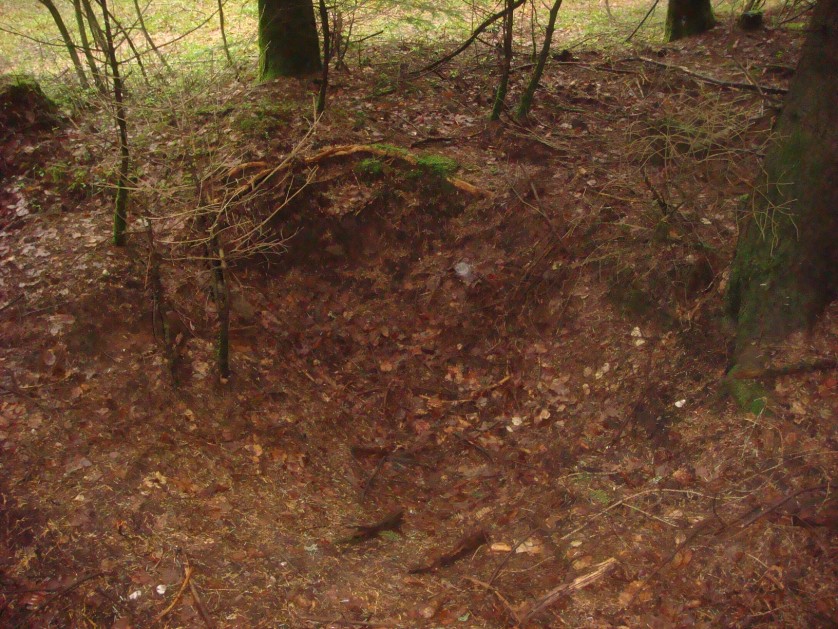Relief must be effected immediately. Consequently, a position that would normally have taken two days to reduce had to be reduced at once.
At the time of the attack, the 3rd Btl was directly under the enemy positions. The 100th had dropped back to the right rear of the 3rd Btl and was not in a position to attack, due to the narrow conformation of the ridge. The commanding officer of the 3rd Btl, Lieutenant Colonel Alfred A. Pursall, therefore, elected first to turn the enemy's right flank, but the bluff there was so steep that the men could not maneuver or move quickly. The enemy easily turned back the thrust.
While the men regrouped, a platoon of tanks came up; supported by direct fire from the 75s, the troops were able to advance some distance in an attempt at infiltration before they were pinned down by the enemy's (Grenadier Rgt 933) relentless small arms and mortar fire. There they remained, unable to advance, unable to turn back; they could look for no other support than that which they already had. Here was a situation in which battle craft and the weight of supporting fires were worse than useless. All weapons of modern warfare were available but could not be effectively employed.
There was one chance left. The Battalion took it. As the word to fix bayonets came down the line, I and K Companies moved forward in the assault, firing from the hip and charged up "Banzai Hill". Men fell; others took their places. The dead lay where they had fallen, inches from enemy holes, over enemy gun barrels, inside enemy dugouts. The remnants of the enemy force that had so confidently held the positions a short 30 minutes before threw down its arms and fled. For once, there was no counterattack, only the interminable artillery.




